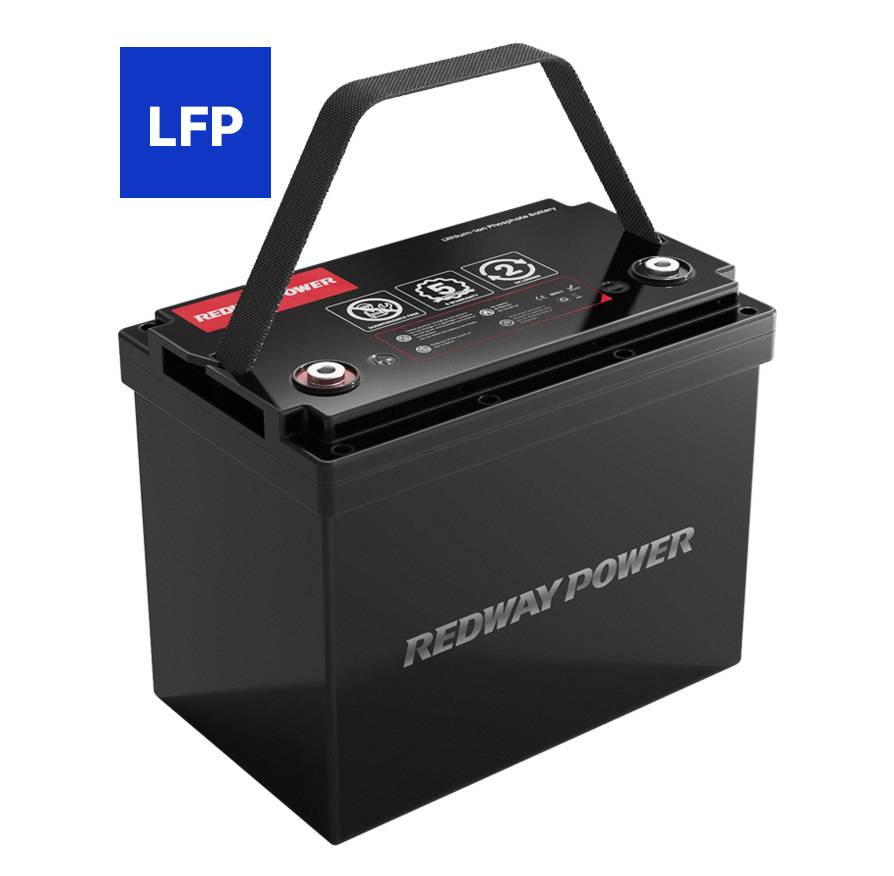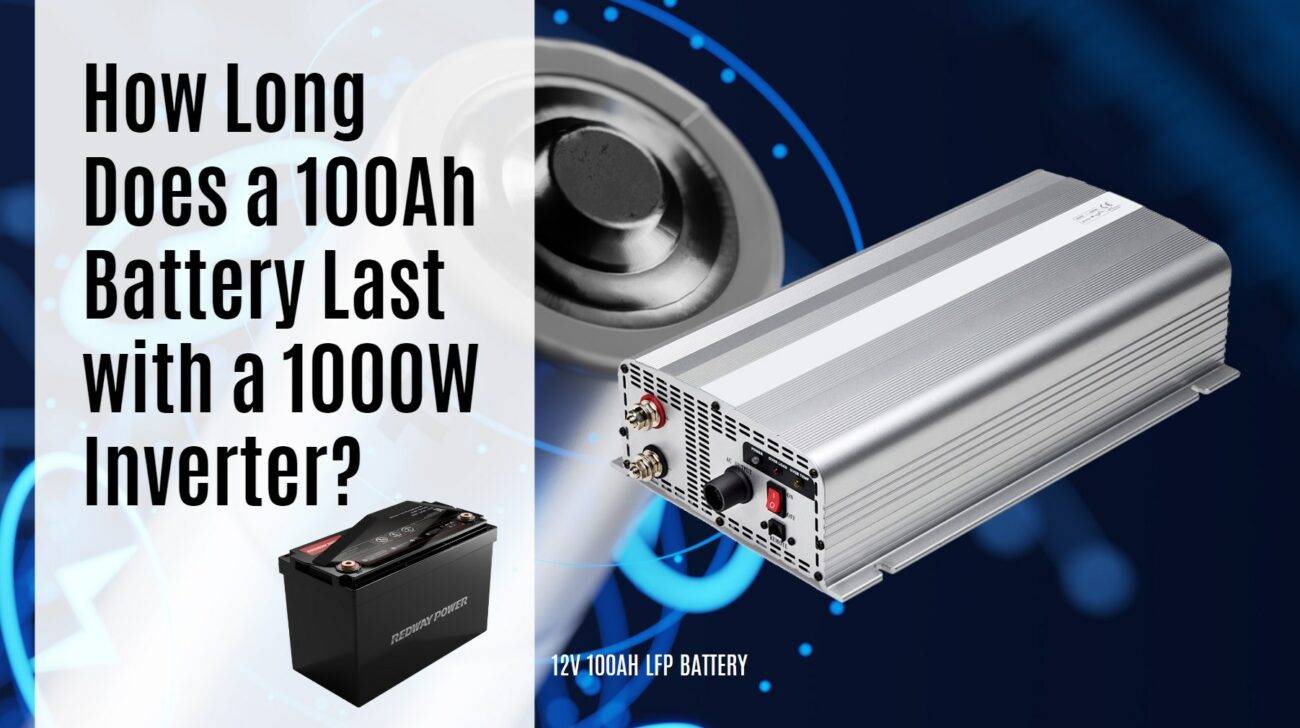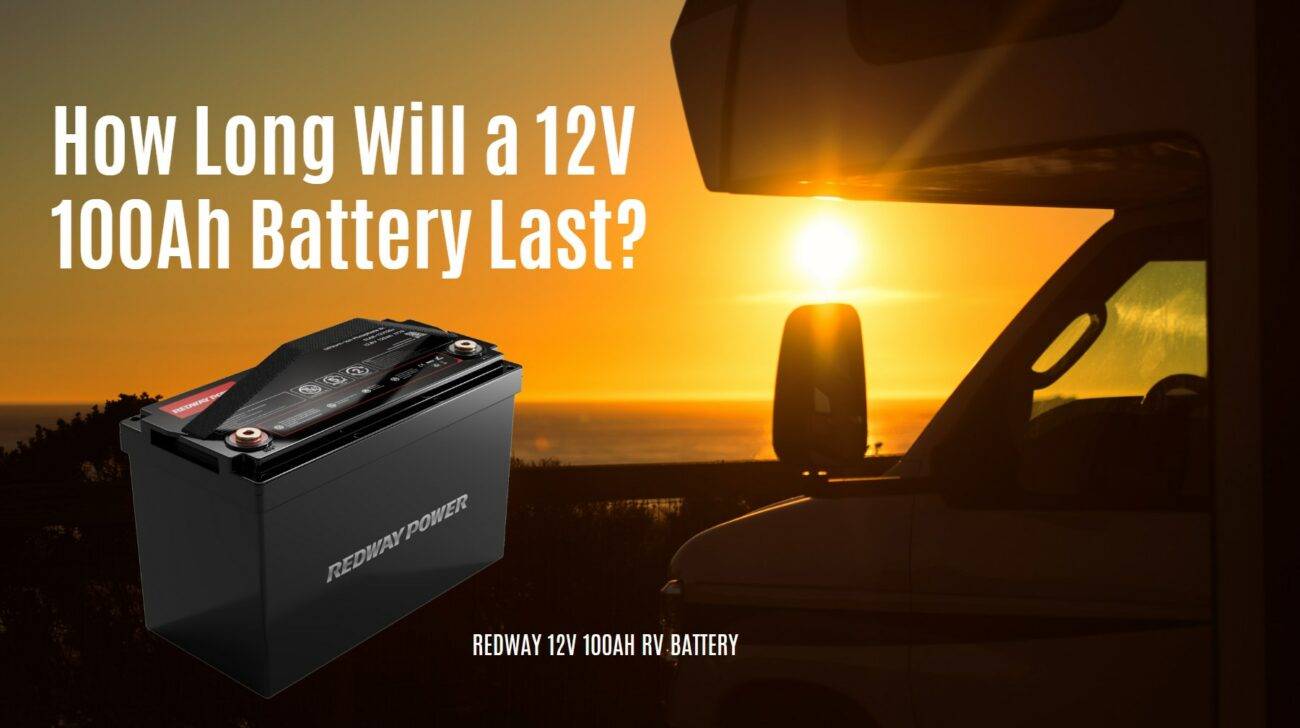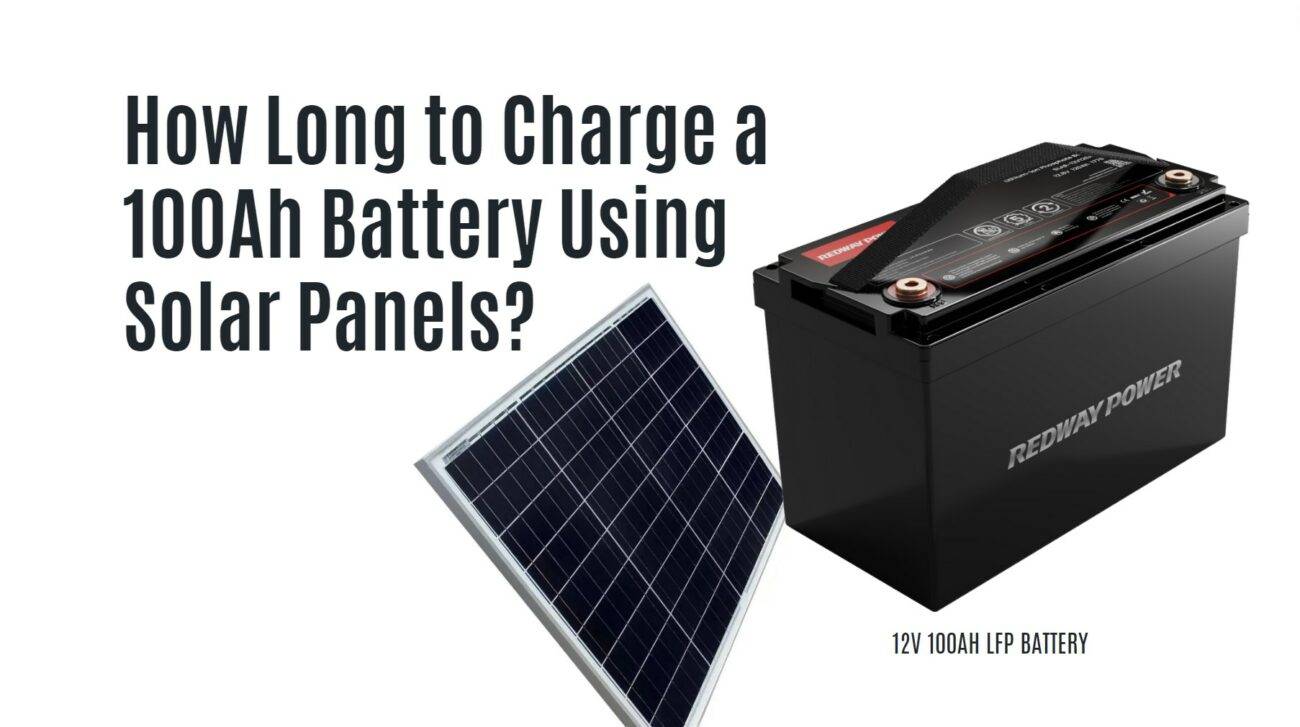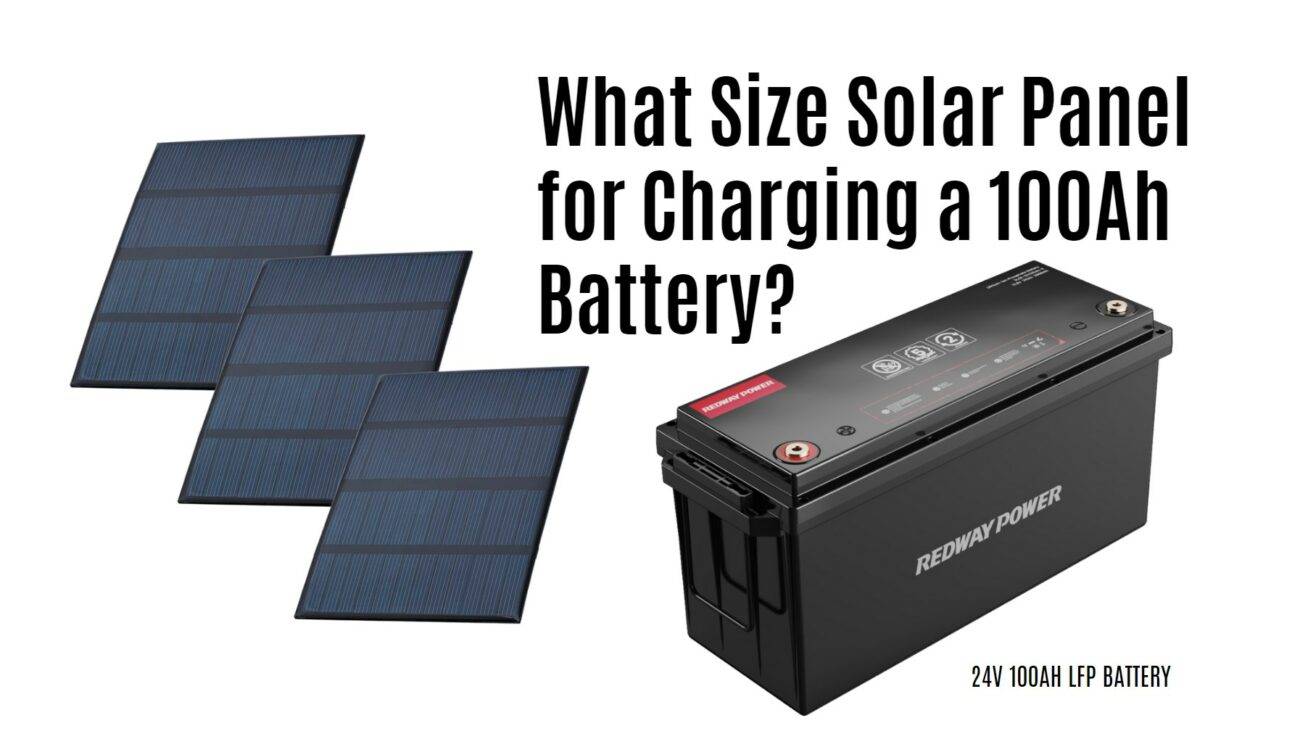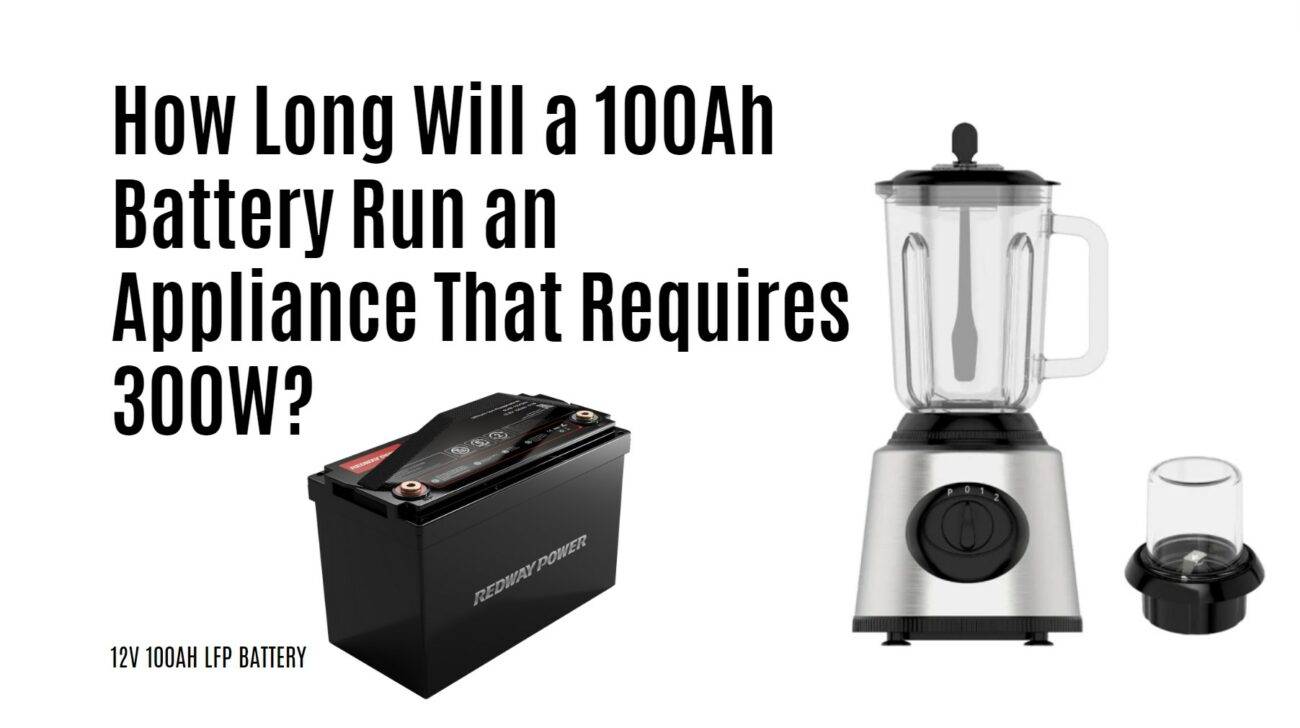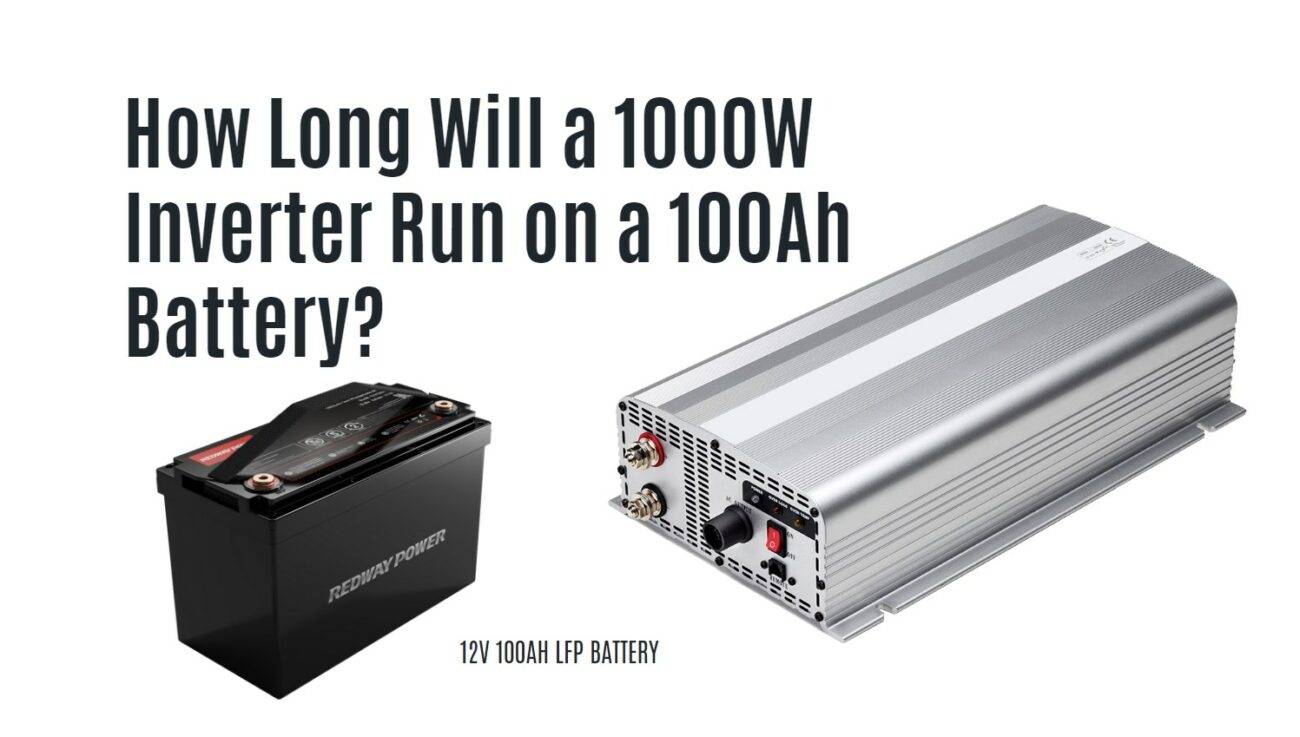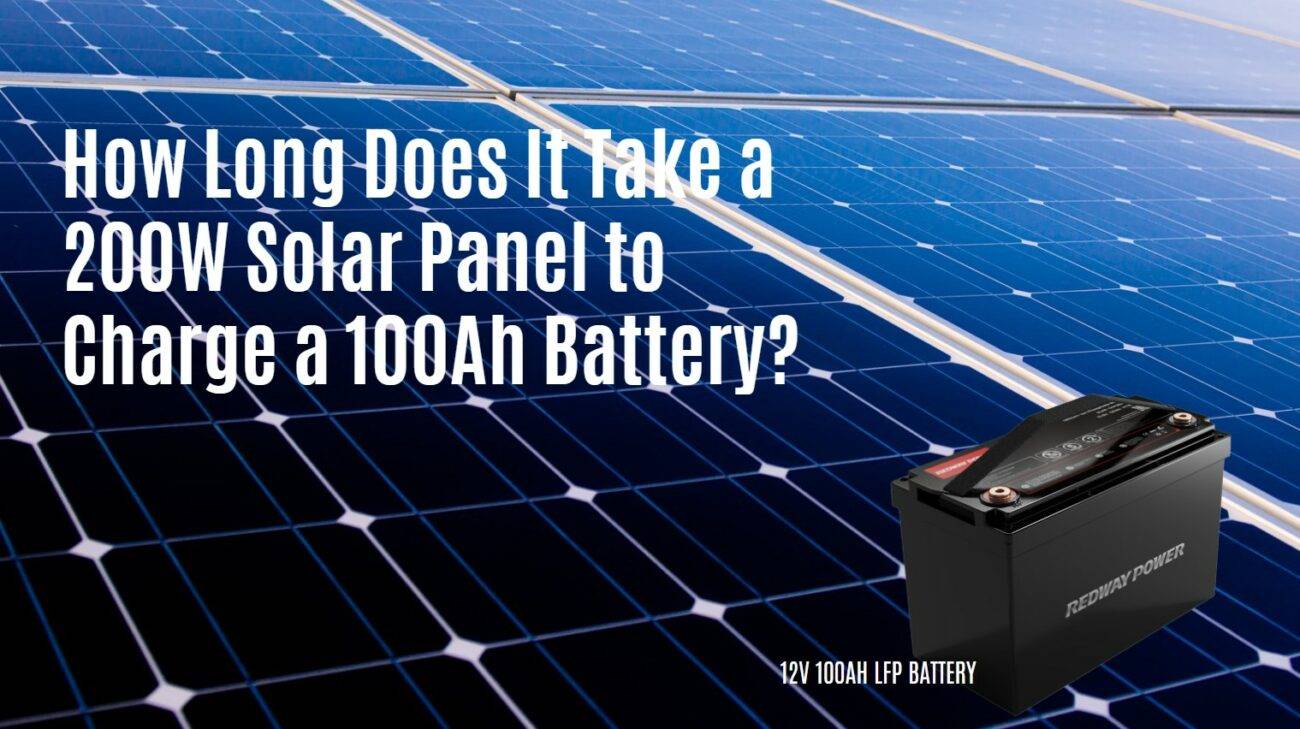Join us as we unravel this electrifying topic and shed light on how these batteries power our devices and vehicles.
Understanding the Basics: What is a 100Ah 12V Battery?
Understanding the basics of batteries is essential for informed decision-making. Let’s break down the 100Ah 12V battery: “100Ah” denotes its ampere-hour capacity, indicating how much charge it holds, while “12V” represents its operating voltage, measuring the electrical force it provides.
To calculate its kilowatt output, multiply its Ah capacity by its voltage, yielding approximately 1.2kW. Knowing these fundamentals helps optimize battery selection for various applications. Now, let’s explore factors affecting kW output and strategies for maximizing efficiency with the versatile 100Ah 12V battery!
Calculating kW from Ah and Voltage
When it comes to understanding the power output of a 100Ah 12V battery, one important factor to consider is the calculation of kilowatts (kW) based on ampere-hours (Ah) and voltage. So, how do you go about calculating kW?
To calculate kW, you need to multiply the battery’s Ah rating by its voltage. In this case, for a 100Ah 12V battery, the calculation would be as follows:
kW = Ah x V
= 100Ah x 12V
=1200Wh
≈1.2kW
So, a fully charged 100Ah 12V battery has an approximate power output of around 1.2 kilowatts.
It’s important to note that this calculation provides an estimate of the maximum power output under ideal conditions. Factors such as temperature, age of the battery, and efficiency can affect the actual kW output.
Understanding how many kilowatts your battery can provide is crucial when determining if it meets your power needs. You should consider factors like appliance wattage requirements and usage time to determine if a specific battery will suffice.
Now that we know how kW is calculated from Ah and voltage let’s explore some tips for maximizing the kW output of a 100Ah 12V battery!
Factors that Affect kW Output of a Battery
Understanding the factors that affect a battery’s kW output is crucial for optimizing its performance. Here’s a breakdown of key influencers:
- Internal Resistance: Higher internal resistance impedes electricity flow, leading to reduced kW output.
- Temperature: Extreme temperatures impact battery efficiency, affecting its ability to deliver high kW outputs.
- Age and Condition: Older batteries may have decreased capacity, limiting their kW output potential.
- Material Quality: Batteries made with high-quality components offer better energy conversion rates and higher power outputs.
- External Factors: Load demand and usage patterns, like heavy loads or continuous discharge, can decrease overall power delivered.
- Battery Type: Different battery types have varying inherent characteristics affecting kW output. For instance, lithium-ion batteries typically offer higher power densities than lead-acid batteries.
Understanding these factors empowers users to make informed decisions about utilizing their 100Ah 12V battery effectively for specific applications.
Comparing kW Output to Power Needs
Understanding the relationship between kW output and power needs is essential for efficient energy management. Here’s how to assess and optimize your power supply:
- Calculate kWh Output: Multiply the battery’s Ah rating by its voltage and divide by 1,000 to find its kWh output. For example, a 100Ah 12V battery yields approximately 1.2 kWh (100 x 12 / 1,000 = 1.2 kWh).
- Assess Power Requirements: Determine the watts or kilowatts needed by your devices or systems for operation.
- Efficient Utilization: Ensure the battery’s kW output aligns with your power requirements. Adjustments may be necessary if power needs exceed the battery’s capacity.
To maximize efficiency:
- Opt for energy-efficient appliances.
- Minimize unnecessary energy consumption.
- Use high-quality charging cables.
- Implement proper maintenance practices.
Consider alternative solutions like connecting multiple batteries in parallel or choosing higher-capacity options if your power demands exceed a single battery’s capability.
Understanding how kW output corresponds to your specific power needs empowers you to make informed decisions for effective energy management.
Tips for Maximizing the kW Output of a 100Ah 12V Battery
To optimize the performance and longevity of your 100Ah 12V battery, follow these simple tips:
- Efficient Charging: Use a suitable charger and adhere to manufacturer guidelines for proper charging methods to ensure optimal kW output.
- Prevent Over-Discharging: Avoid discharging the battery below 50% capacity whenever possible to maintain its efficiency and lifespan.
- Reduce Parasitic Loads: Disconnect unused devices to minimize unnecessary power consumption, improving overall battery efficiency.
- Maintain Cool Temperatures: Keep the battery well-ventilated and shielded from extreme heat to prevent performance degradation.
- Protect Against Corrosion: Regularly clean battery terminals to maintain strong electrical connections and prevent power loss.
- Monitor Water Levels: For flooded batteries, check and maintain proper water levels as per manufacturer recommendations for optimal performance.
- Proper Storage: Store the battery fully charged in a cool, stable environment, disconnected from any draining loads.
By incorporating these practices into your battery maintenance routine, you can enhance its kW output and ensure reliable power supply when needed.
Alternative Options for Higher kW Output
When a single 100Ah 12V battery isn’t sufficient for your power needs, consider these alternatives:
- Parallel Connection: Connect multiple batteries in parallel to increase capacity while maintaining voltage, resulting in higher kW output.
- Series Connection: Increase voltage by connecting batteries in series, enhancing power delivery without changing Ah rating.
- Lithium-ion Batteries: Upgrade to lithium-ion batteries for higher power density, efficiency, and faster charging.
- Hybrid Systems: Combine renewable energy sources with battery storage to supplement power production and meet higher kW demands.
Choose the option that best suits your requirements and constraints, ensuring reliable power supply for your needs.
Understanding these alternatives allows you to effectively boost kW output beyond the limitations of a single 100Ah 12V battery.


